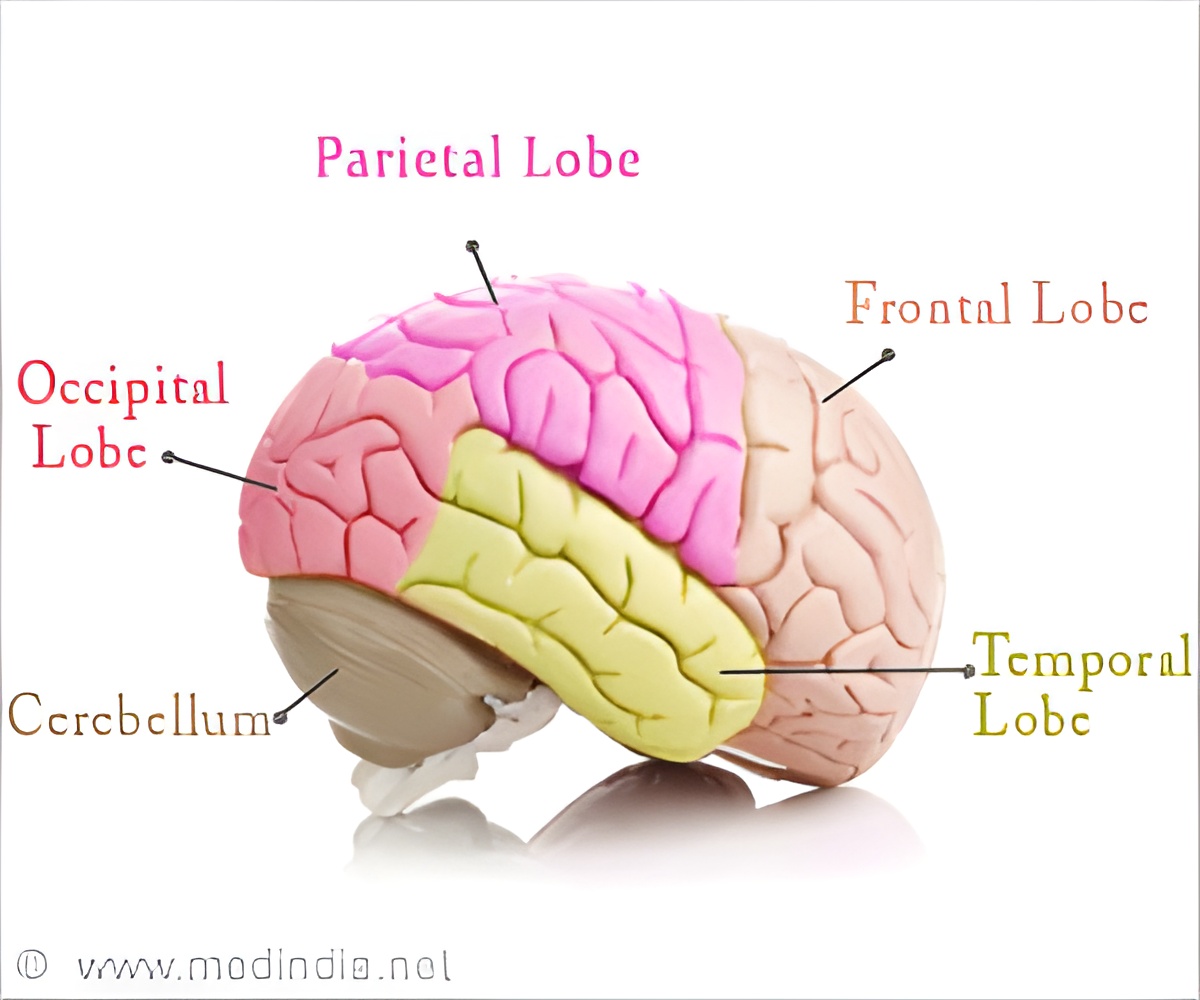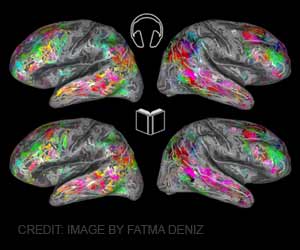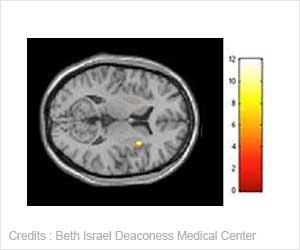New study sheds light on the networks that determine how quickly we choose an option, and how much information we need to make that choice.

‘New study sheds light on the networks that determine how quickly we choose an option, and how much information we need to make that choice.’





The fundamental trade-off between speed and accuracy in decision making has been studied for more than a century, with a number of studies suggesting that the subthalamic nucleus region of the brain plays a key role. "Previous behavioural studies of decision making do not tell us about the actual events or networks that are responsible for making speed-accuracy adjustments," says senior author Peter Brown, Professor of Experimental Neurology at the University of Oxford. "We wanted to address this by measuring the exact location and timing of electrical activity in the subthalamic nucleus and comparing the results with behavioural data collected while a decision-making task is being performed."
Brown and his team first studied the reaction times of 11 patients with Parkinson's disease and 18 healthy participants, who were each asked to perform a moving-dots task. This required them to decide whether a cloud of moving dots appeared to be moving to the left or the right. The difficulty of the task was varied by changing the number of dots moving in one direction, and the participants were given randomly alternating instructions to perform the task with either speed or accuracy.
The researchers found that participants made much faster decisions when the task was easier - with the dots moving in a single direction - and when instructed to make a quick decision. They also found, in line with previous studies, that participants made significantly more errors during tests where they spent longer making a decision after being instructed to emphasise accuracy.
Using a computational model, they saw that it took longer in the more difficult tests for the brain to accumulate the necessary information to reach a critical threshold and make a decision. When the participants were asked to focus on speed, this threshold was significantly lower than when they focused on accuracy.
Advertisement
"One network increases the amount of information required before executing a decision and is therefore more likely to be activated when accuracy is important, while the second network tends to lower this threshold, especially when the choice needs to be made quickly."
Advertisement
"We know that changes in activity of one of the sites we identified is also related to movement control," adds Brown. "Close relationships between these neural networks could mean that a common signal is responsible for adjustments in both the speed of decision and of the resulting movement. A better understanding of these mechanisms might make it possible to focus therapeutic interventions on specific neural circuits to improve treatment of neurological disorders in the future."
Source-Eurekalert













